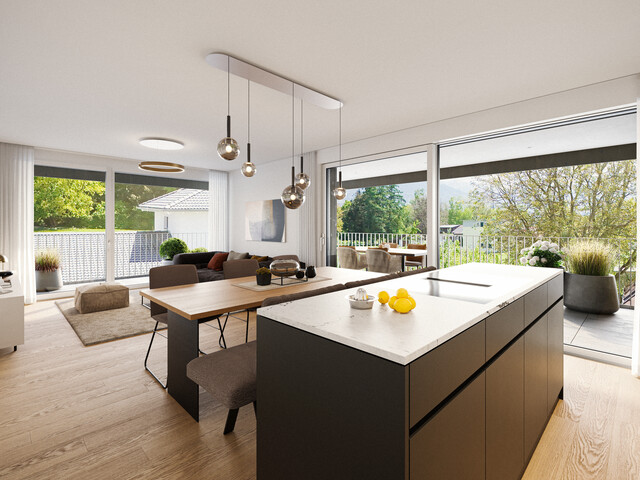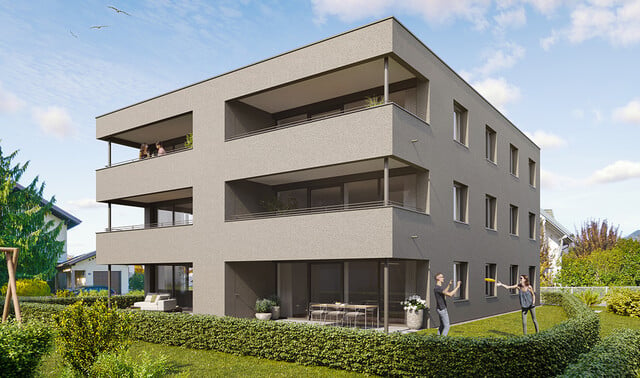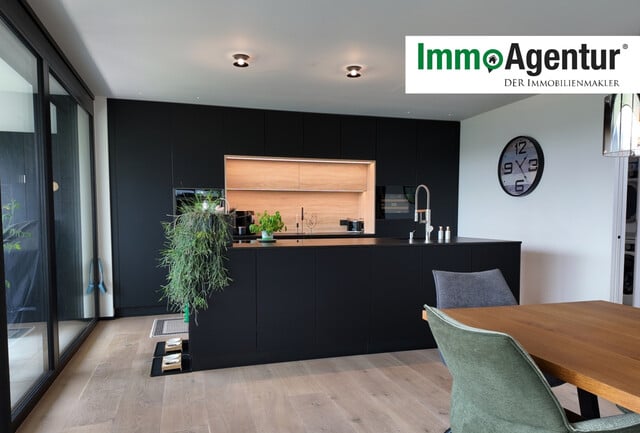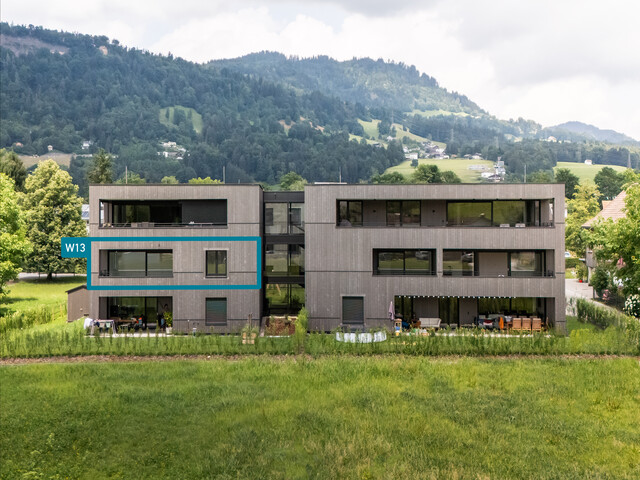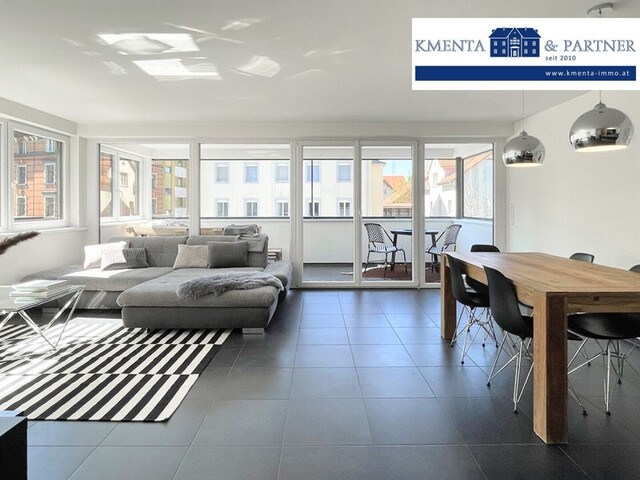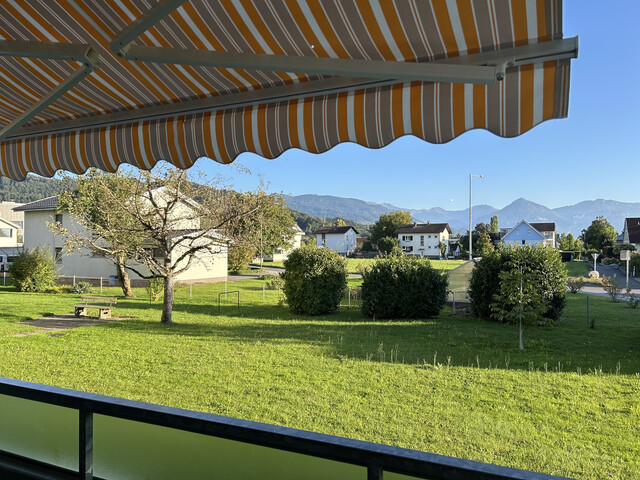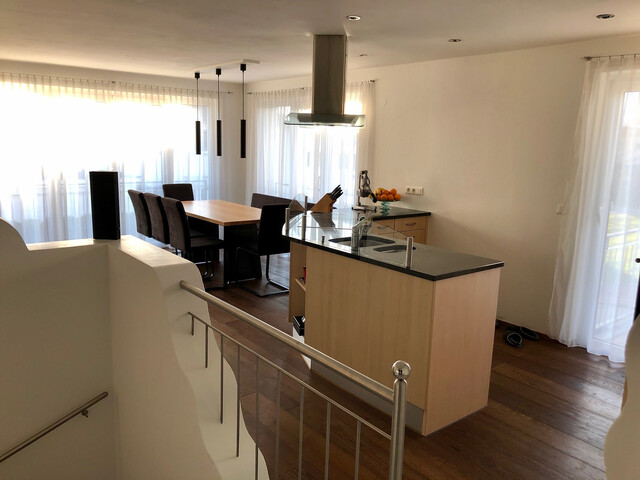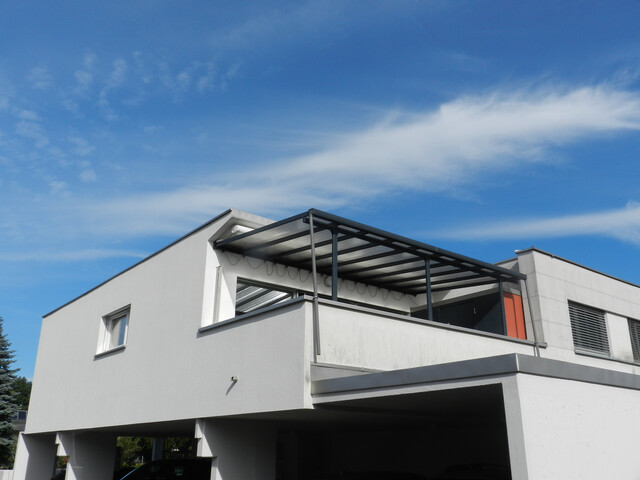Network Costs for Gas to Rise Sharply Again in 2026

There is a relief in electricity network fees. After the record increase this year, they will only rise slightly next year, on average by 1.1 percent, and in five federal states, they will even decrease. Due to the photovoltaic boom, E-Control is introducing a "solar discount" of 20 percent for the first time between April 1 and September 30, during the hours of 10 a.m. to 4 p.m.
The regulatory authority responsible for energy, E-Control, determines each year how much network operators are allowed to charge per kilowatt-hour (kWh). The exact fees vary depending on the network operator and may change slightly until the announcement. The final regulations are usually published in December and come into effect on January 1.
On January 1, 2025, the network fees for households increased by an average of 23.1 percent for electricity and 16.6 percent for gas. Since the beginning of the year, energy charges have also been fully charged again after the end of the gas crisis, causing energy bills to rise by several hundred euros this year and contributing to the currently high inflation.
Electricity consumption has stabilized after the energy crisis
For electricity, network fees are expected to decrease slightly in Vorarlberg, Carinthia, Vienna, and Styria, and significantly in Salzburg by around 9 percent. They will increase the most in Lower Austria by 6.9 percent, in Tyrol by 11.2 percent, and in Burgenland by 16.1 percent.
E-Control board member Wolfgang Urbantschitsch mentioned two reasons in a conversation with APA why electricity network fees will not continue to rise in 2026. On one hand, less electricity has been saved, which has stabilized consumption. On the other hand, additional revenues, such as from cross-border electricity transit, have dampened costs. According to "Salzburger Nachrichten," a reserve of 120 to 130 million euros from the transmission network operator APG has been used.
Gas phase-out drives network fees in the coming years
For gas, however, the consumed quantities continued to decrease, which means that network costs have to be distributed over fewer kilowatt-hours. The phase-out of gas and the higher winter temperatures due to climate change will also lead to decreasing gas consumption in the coming years, predicted Urbantschitsch.
The E-Control board announced that it will put pressure on network operators as an authority to adjust costs to declining revenues and to downsize the gas network. However, it is counterproductive that there is still a legal obligation to connect.
The gas network fees are also rising because Austria is no longer a gas transit country since the Russian war against Ukraine and is now, so to speak, stuck with the costs of the pipelines.
In four federal states, gas network tariffs increase by 25 percent or more
The gas network tariffs rise the most in Carinthia. Converted to an average household customer with an annual gas consumption of 15,000 kWh, this 35 percent increase in the southernmost federal state means additional costs of around 142 euros per year, which is almost 12 euros per month. In Lower Austria, the gas network fees increase by 30 percent, in Styria by 27.7 percent, and in Burgenland by 25 percent. The fees rise the least in Upper Austria, namely by only 6.5 percent.
While a reduction of the gas network is pending, massive investments are being made in the electricity network as part of the energy transition. To better align electricity consumption and generation, E-Control is introducing a new "summer sun tariff." With a 20 percent discount on network fees, network-friendly behavior is to be rewarded and the need for network expansion somewhat reduced.
"Sun discount" is automatically applied when quarter-hour values are activated
It is the first time that E-Control has mandated temporally different network tariffs due to the abundance of photovoltaic electricity. The reduced fee is automatically applied to electricity consumers, "provided the network operators have the necessary detailed data," as stated in the draft regulation. In practice, this likely means that customers must have activated the quarter-hour values in the network operator's online portal.
In the past, there have already been lower network fees at certain times. However, these tariffs for summer and winter, day and night, have lost their purpose over time and will be dissolved with the 2026 regulation.
Large industrial customers can also save money on electricity network fees from 2026 if they are flexible in their consumption. For the time being, this is limited to customers of network levels 3 and 4.
Economy Minister: Held Talks with APG
The fact that electricity grid fees will only increase by an average of 1.1 percent in 2026 was claimed by the ÖVP-led Ministry of Economy. "Through early discussions by the federal government with the Austrian Power Grid, it was possible to convince E-Control to allow APG to use a so-called regulation account," explained Energy Minister Wolfgang Hattmannsdorfer and Energy State Secretary Elisabeth Zehetner (both ÖVP) in a joint statement.
The FPÖ held the federal government responsible for the rising grid tariffs. The cause of the cost explosion is the self-imposed energy and climate goals. The largest opposition party also reminded that a third of electricity and gas costs are due to taxes and levies, with a further reduction "the government could significantly dampen inflation from one day to the next," said the FPÖ representative Paul Hammerl.
The Vienna SPÖ City Councilor Jürgen Czernohorszky stated that the gradual decommissioning of uneconomical gas networks is essential to prevent gas grid fees from multiplying. He called for a "solid federal gas industry law" and pointed out that the states agree on the dismantling of gas pipelines.
The Greens see their warnings confirmed. "Exactly what we have always warned about is happening with the gas network: The political refusal to finally tackle the gas phase-out is becoming a cost trap for everyone. And once again, the people who have the least leeway are paying - tenants who cannot choose how they heat," criticized the Green representative Lukas Hammer.
Equity Return of 9.58 Percent
The think tank oecolution, financed by the Chamber of Commerce and IV, suggested starting with the calculation of grid tariffs. Publicly owned network operators are granted an equity return of 9.58 percent, such high interest rates for an almost risk-free investment are not available anywhere else, criticized oecolution head Christian Tesch.
The interest group PV Austria welcomed the introduction of the new, time-varying grid tariffs. The government should also promote regional electricity consumption in the planned Electricity Industry Act (ElWG) "instead of continuing to impose new cost burdens on electricity producers," said Vera Immitzer. The Association of Renewable Energy Austria (EEÖ) also called for more flexibility.
(APA/Red)
This article has been automatically translated, read the original article here.
Du hast einen Hinweis für uns? Oder einen Insider-Tipp, was bei dir in der Gegend gerade passiert? Dann melde dich bei uns, damit wir darüber berichten können.
Wir gehen allen Hinweisen nach, die wir erhalten. Und damit wir schon einen Vorgeschmack und einen guten Überblick bekommen, freuen wir uns über Fotos, Videos oder Texte. Einfach das Formular unten ausfüllen und schon landet dein Tipp bei uns in der Redaktion.
Alternativ kannst du uns direkt über WhatsApp kontaktieren: Zum WhatsApp Chat
Herzlichen Dank für deine Zusendung.
